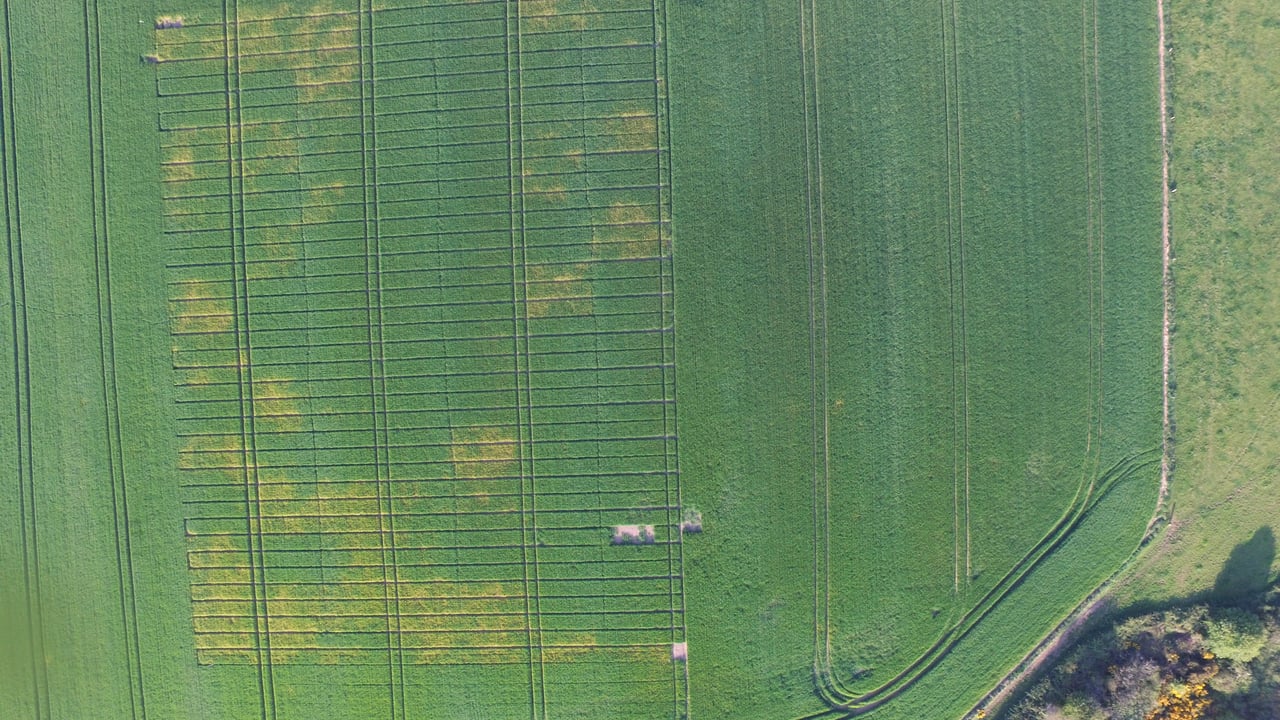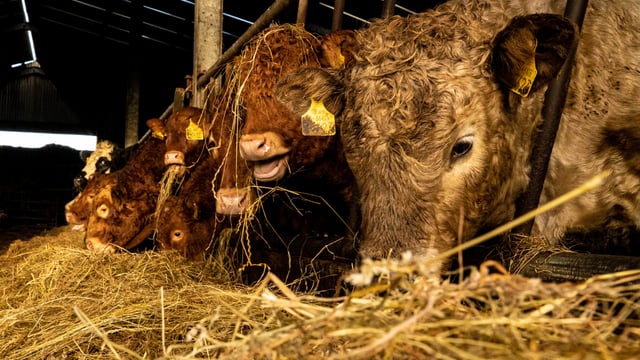How best to manage BYDV threat in winter cereals
Despite the return of the rain and cooler conditions, a large area of winter cereals has been planted out in recent days.
And there is a significant likelihood of this momentum gathering further pace.
So, given these circumstances, how should growers best protect newly established crops from the threat of Barley Yellow Dwarf Virus (BYDV)?
Teagasc entomologist Dr. Louise McNamara advises that September-planted crops should receive an insecticide at the two- to three-leaf stage and again in early November.
In the case of crops going into the ground now, a single insecticide spray application will suffice.
Dr. McNamara: “As we get towards November, there should be no requirement to apply an insecticide at all, unless we are in a very high pressure year.
“This is all tied to temperature. The idea is that, traditionally, it gets colder from November onwards.
McNamara went on to point out that the much warmer conditions characterising the autumn of 2021 led to a significantly longer BYDV exposure period than would normally be the case.
There is a standard rule of thumb, where aphids are concerned - the warmer it is, the quicker they will reproduce.
Standard Teagasc advice, where BYDV is concerned, tends to relate back to sowing date.
However, there is now an app that computes cumulative degrees of temperature as a means of highlighting high pressure BYDV periods.
“If the aphids land on a crop when it has emerged, then you focus on the daily temperature values that follow," McNamara explained.
“The threshold to be reached in this regard is 170° days. However, this normally coincides with the time at which Teagasc would be advising growers to spray anyway.
“The app approach is useful in explaining to growers why and when they should spray. The one limitation associated with this approach is that it takes account of temperature only."
In the case of Teagasc advice, it is based on the other BYDV contributory factors - wind and rain.
“We know that not all aphids carry the virus. Given this background, Teagasc is embarking on a new project in tandem with ADAS and Harper Adams," McNamara added.
“Its objective is to allow us include more contributory factors, when it comes to more accurately predicting periods of high BYDV threat.”





